Discussions around agile movements cover a wide range of aspects (use of the Internet, message, organization, among others ). In this post I want to take a look at some of its possible achievements. By going through a small sample of writings on Occupy Wall Street, I want to expose some of the subtler results of this type of political action.
Identifying OWS’ achievements is clearly problematic. As Simon Tormey puts it, while “OWS is still in the process of becoming-something” we can also “see the outline of more or less familiar characteristics that might help orientate us towards something that is being greeted as a new departure” (Tormey, 2012)
Nevertheless, OWS often labelled a failure (Ostroy, 2012, Pepitone, 2013). Writing in 2012 Ostroy sums it up as:
“In an election year as significant as this one, the Occupy movement is as good as dead. It will have achieved nothing legislatively, it will have elected no one and, in the end, it has had no material impact on American life. Nothing, that is, if you measure it against all other successful protest movements.” (Ostroy, 2012)
It could be argued that the reason why it has been discarded if because of its reliance on a negative stance and that, having had no specific demands, it ended with no concrete results. However, what underlies such a critique is the presupposition of a “true answer” or a legitimate protest, in other words, “say it in my terms or shut up” (Zizek, 2012).
A different approach would address the movement as something wider than its sheer eventfulness. OWS’ potential for long-term impact has not been entirely discarded, as some academics are hopeful that, to use Castell’s analogy, it has planted the seeds for a future change (Castells, 2013).
Manuel Castells: how modern political movements straddle urban space and cyberspace – video
Indeed, some elements in the movement’s organization connect it with something bigger than the occupation itself such as the refusal of the representative system and the search for different models of political organization (Tormey, 2012). However, in this article, I will focus on the creation of active political identities.
Just looking at how OWS describes itself we find traces of a struggle for meaning and for articulation between a diversity of identities. OWS connected several movements and several democratic demands under one umbrella conception – “we are the 99%”. By using this as a node of articulation, it was able to imagine an adversary. We, the 99%, are fighting against “the richest 1% of people”. By using this essentially empty signifier, the activists established a community unified not based on race, ethnicity, religion or nationality, but on a political identity, the “we” (Dean, 2011).
We must also not dismiss the role played by networked communications in this. Radical politics require “an empowered political agent” whose empowerment is typically reached through articulation with an empowered collective. Coordination and articulation are necessary for the challenge of the ruling hegemony as “any temporary articulations that could be called hegemonic can only be achieved through a process of articulation with others” (Fenton, 2011). In this framework, horizontal networks of communication become essential as they “helped to facilitate the growth of massive, coordinated digital networks of activists” (Dahlgren, 2007).
It could be argued that both the digital and physical aspects of OWS have allowed the mobilization and articulation of political identities. Here, it is interesting to recall John Postill’s description of the 15-M events:
” (…)I later described it as the return of the politically dead (myself included) to Spain’s streets and squares, which were now crowded with ‘political zombies’. Many participants later reported a range of psychosomatic reactions such as goose bumps (carne de gallina) or tears of joy. I felt as if a switch had been turned on, a gestalt switch, and I had now awakened to a new political reality. I was no longer merely a participant observer of the movement, I was the movement. ” (Postill, 2011)
What I am arguing here is that the most relevant outcome of OWS, and one could extrapolate of the other such movements, was its mobilization and articulation of radical identities. Tormey takes a similar view by saying that “those who take part in the event of OWS will never be the same again: they are changed, angered, energised, despondent, angry, alienated, joyous. Those who encounter OWS may display complete indifference, or they may be affected. Somehow. Something might resonate” (Tormey, 2012).
The expectation is that the OWS can take on the same logic as the May 68 protests: whilst being a failure in the short term, this protest established different type of politics for the following decades. It was the basis for identity politics and new social movements. As of now, we can point to some of this identities still being articulated in OWS offshoots such as Occupy Our Homes and Occupy Sandy (Dean, 2012). Its importance, just like OWS’ original event, should not be dismissed yet.
References
Castells, M., 2013. Manuel Castells: how modern political movements straddle urban space and cyberspace – video [Interview] (25 March 2013).
Dahlgren, P., 2007. Civic Identity and Net Activism: The Frame of Radical Democracy. In: L. Dahberg & E. Siapera, eds. Radical Democracy and the Internet: Interrogating Theory and Practice. Hampshire: Palgrave Macmillan, pp. 55-72.
Dean, J., 2012. Occupy and UK Uncut: the evolution of activism. The Guardian, 27 December, p. 34.
Dean, J., 2011. Claiming Division, Naming a Wrong. In: A. Taylor & K. Gessen, edits. Occupy: Scenes from Occupied America. London: Verso, pp. 87-92.
Fenton, N., 2011. Multiplicity, Autonomy, New Media and the Networked Politics of New Social Movements. In: L. Dahlberg & S. Phelan, eds. Discourse Theory and Critical Media Politics. Hampshire: PALGRAVE MACMILLAN, pp. 178-200.
Ostroy, A., 2012. The Failure of Occupy Wall Street. The Huffington Post.
[Accessed 30 January 2014].
Pepitone, J., 2013. Why Occupy Wall Street fizzled. CNN Money.
[Accessed 30 January 2014].
Tormey, S., 2012. Occupy Wall Street: From Representation to Post-Representation. Journal of Critical Globalisation Studies, Volume 5, pp. 132-136.
Zizek, S., 2012. The Year of Dreaming Dangerously. 1st ed. London: Verso.
Tweet
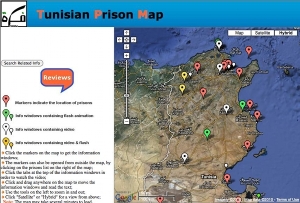
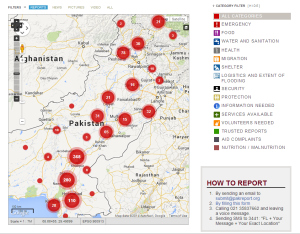
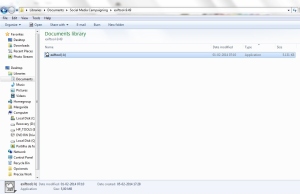
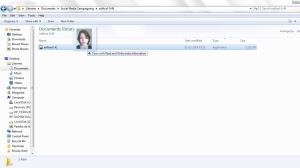
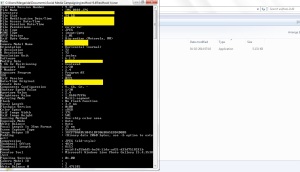
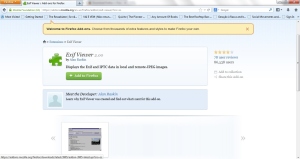
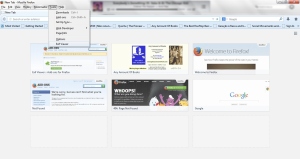
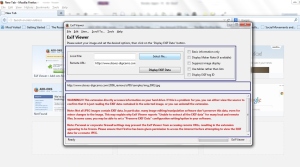
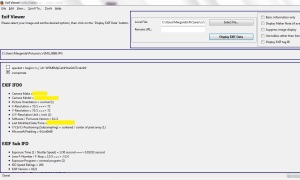
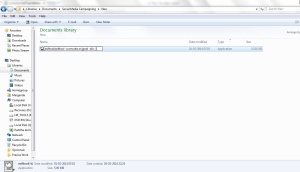
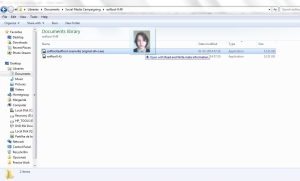
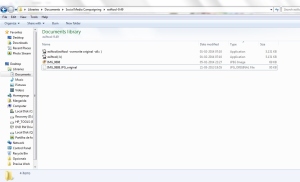
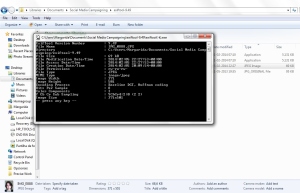

![By David Shankbone (Own work) [CC-BY-3.0 (http://creativecommons.org/licenses/by/3.0)], via Wikimedia Commons](https://networkedstudies.files.wordpress.com/2014/01/512px-day_14_occupy_wall_street_september_30_2011_shankbone_49.jpg?w=300&h=235)